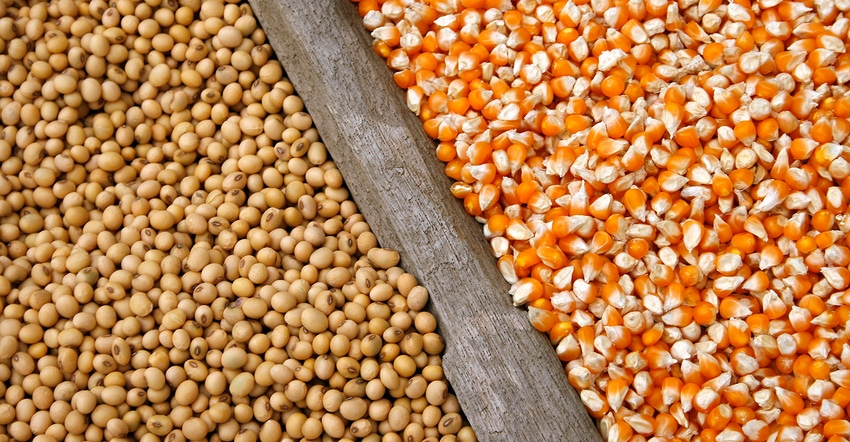September 27, 2021

Harvest is likely a favorite time for many producers. It is stressful but also rewarding to see hard work pay off.
Harvest also brings on some key marketing decisions that can affect your operation for the next year, or even longer. Crops that were not presold must either be sold or stored. If the market rallies significantly after harvest, the outcome to your operation is much different depending on what you decided to do. If the market went down significantly instead, the outcome is reversed, but it still affects your operation greatly.
What are your options?
While marketing decisions at harvest are important, they can be changed later. If you use options to manage your risk, you can still be in the market. If you sell at harvest, use call options to stay in the market. You still are rewarded if the market rallies, but your downside risk is known in case the market tumbles. If you decide to store, use put options to protect you in case we do see the market fall, along with the value of your crop.
Market signals
If your basis is average or better and there is limited market carry, you should be selling cash and buying call options to stay in the market. Right now, several areas have a good basis to sell into. There is also very limited futures market carry at this time. Selling the crop and buying calls makes sense in this environment.
If you feel you want to store the crop, then have put options under you to protect the flat price. It doesn’t do you a lot of good to wait for basis to improve if the flat price drops significantly more than what you may gain in basis.
Do not market your grain based off of what happened last year. If you sold at harvest, and felt that was a wrong decision, do not store this year just because of what you saw last year. The outcome this year can be very different. However, if you use options to protect your flat price risk, the outcome does not have to be different. You will be happy with your decision.
You should also look at the gross dollars per acre that you could lock up if you sold the crop. Good yields and good prices don’t always happen at the same time. For many, we have that this year. This might make it easier for you to consider selling and buying call options.
Look ahead
You also need to look at 2022 marketing. Input prices will be high, and quite frankly, the supply availability is unknown. There is plenty of flat price risk, in either direction this coming year. As you start locking in prices for inputs, you should be locking in grain prices as well. Here too, you could make sales and buy calls.
You should also be locking in a price floor with put options on what is not being sold. Do not lock in your costs without setting your marketing plan in place. You will want market flexibility. This market flexibility will allow you to protect your investment, while keeping you open to market changes if they occur.
Information provided may include opinions of the author and is subject to the following disclosures:
The risk of trading futures and options can be substantial. All information, publications, and material used and distributed by Advance Trading Inc. shall be construed as a solicitation. ATI does not maintain an independent research department as defined in CFTC Regulation 1.71. Information obtained from third-party sources is believed to be reliable, but its accuracy is not guaranteed by Advance Trading Inc. Past performance is not necessarily indicative of future results.
The opinions of the author are not necessarily those of Farm Futures or Farm Progress.
About the Author(s)
You May Also Like






